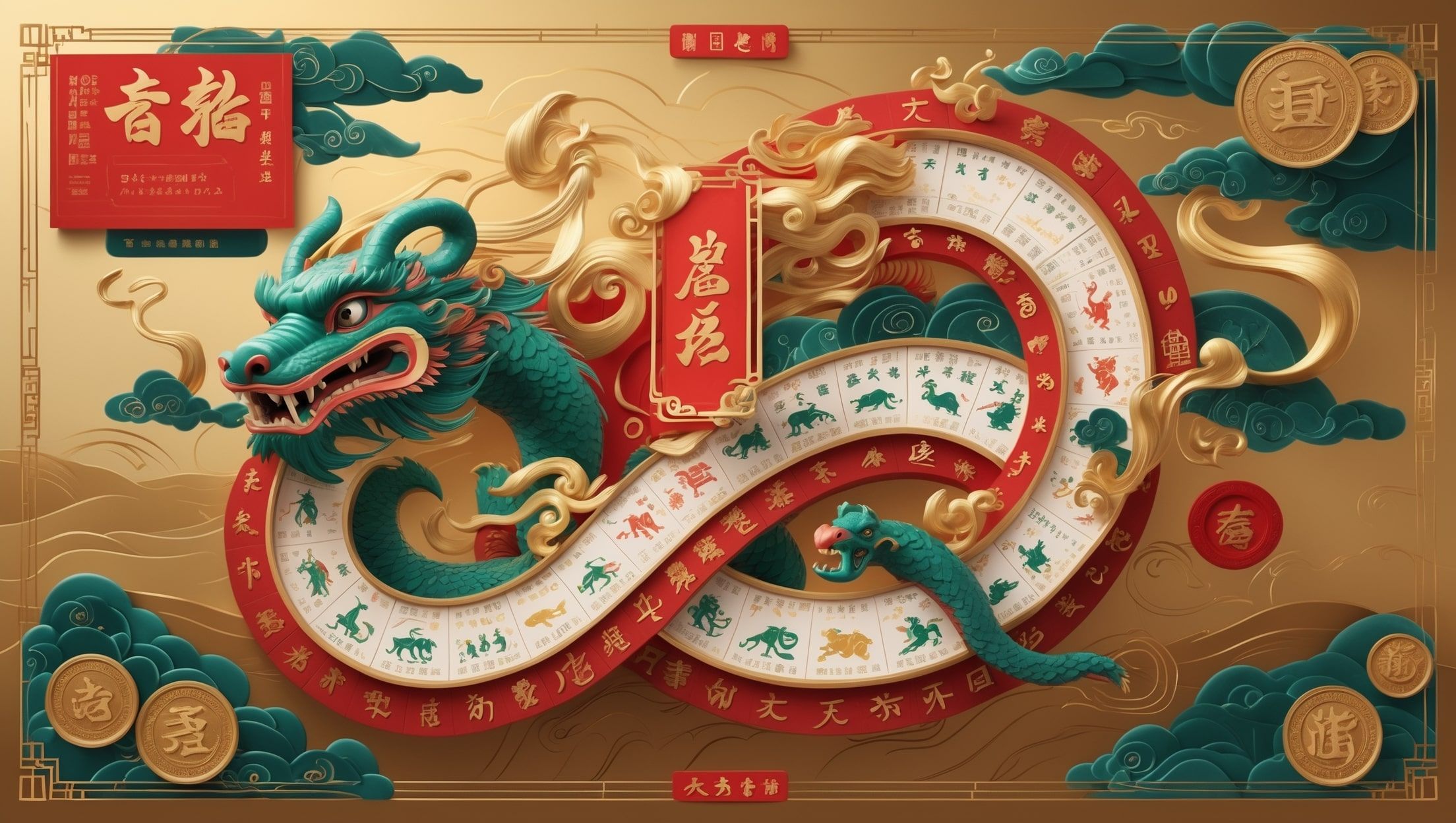The new year doesn’t always start in January. In many parts of Asia, the rhythms of time don’t follow a Western clock. Instead, they trace a different path. One shaped by the moon, the seasons, and ancient cycles. The Chinese calendar is one of the oldest timekeeping systems still in use, and it reflects a unique way of understanding time itself.
The Basics of the Chinese Calendar
The Chinese calendar is lunisolar. That means it uses both the moon and the sun to mark time. Months begin with each new moon. But to stay in sync with the solar year, leap months are added roughly every three years.
This keeps the seasons in place. For example, the Lunar New Year always falls sometime between late January and mid-February, around the start of spring. The system balances the quick pace of lunar cycles with the slower solar year.
How Time Is Measured in This System
A traditional Chinese year is made up of 12 months, each about 29.5 days long. That adds up to about 354 days, which is shorter than the solar year. To catch up, a 13th month is added occasionally. It’s not a fixed month. The placement changes based on astronomical observations.
Each year also carries one of 12 animal signs from the zodiac, combined with one of five elements. That creates a 60-year cycle, where every year has a unique character and feeling. It’s not just a date. It’s part of a pattern that repeats, yet always feels new.
Time as a Cycle, Not a Line
In many Eastern philosophies, time isn’t seen as a straight line. It’s more like a circle. Things return. Seasons cycle. History echoes itself. The Chinese calendar reflects that. Events are not just marked by when they happen, but how they connect to past and future versions of themselves.
This shows up in daily life too. Festivals often celebrate turning points in the natural world. The Mid-Autumn Festival follows the full moon. The Qingming Festival comes with spring rains and honors ancestors. Time is tied to land, sky, and family memory.
Timekeeping Beyond Just Dates
The Chinese calendar isn’t only about years and months. It also includes a detailed system called the 24 solar terms. These are mini-seasons based on changes in sunlight, wind, and temperature. Farmers once relied on them to plant and harvest. Even today, they shape food traditions, clothing choices, and health routines.
- Spring Begins: Signals warmer winds and early blooms
- Grain Rain: A key time for planting crops
- Summer Solstice: Longest daylight of the year
- Frost Descent: Hints at winter’s slow arrival
- Winter Solstice: The return of longer days
These markers are part of a deep connection between people and their environment. Time is not just counted. It’s lived through nature.
How This Affects Daily and Cultural Life
Many modern Chinese people use the Gregorian calendar day to day. But the traditional calendar still holds power. It guides wedding dates, business openings, and ancestor rituals. Certain days are considered lucky. Others are avoided. Calendars are often consulted before major life events.
Even outside China, Lunar New Year is celebrated widely across Asia and among Chinese communities worldwide. Fireworks, red envelopes, dragon dances, and family feasts all connect to a calendar built around the moon.
A Different Way to Feel the Year
The Chinese calendar teaches something subtle: time is not just something to manage. It’s something to feel. To move with. The calendar invites people to notice the smallest shifts in the world around them. A new moon. A fresh wind. A change in birdsong. It’s a slower, softer rhythm than most clocks allow.
And maybe that’s why it lasts. Not because it keeps perfect count, but because it helps people stay connected to where they are, who they are, and what’s returning again.
